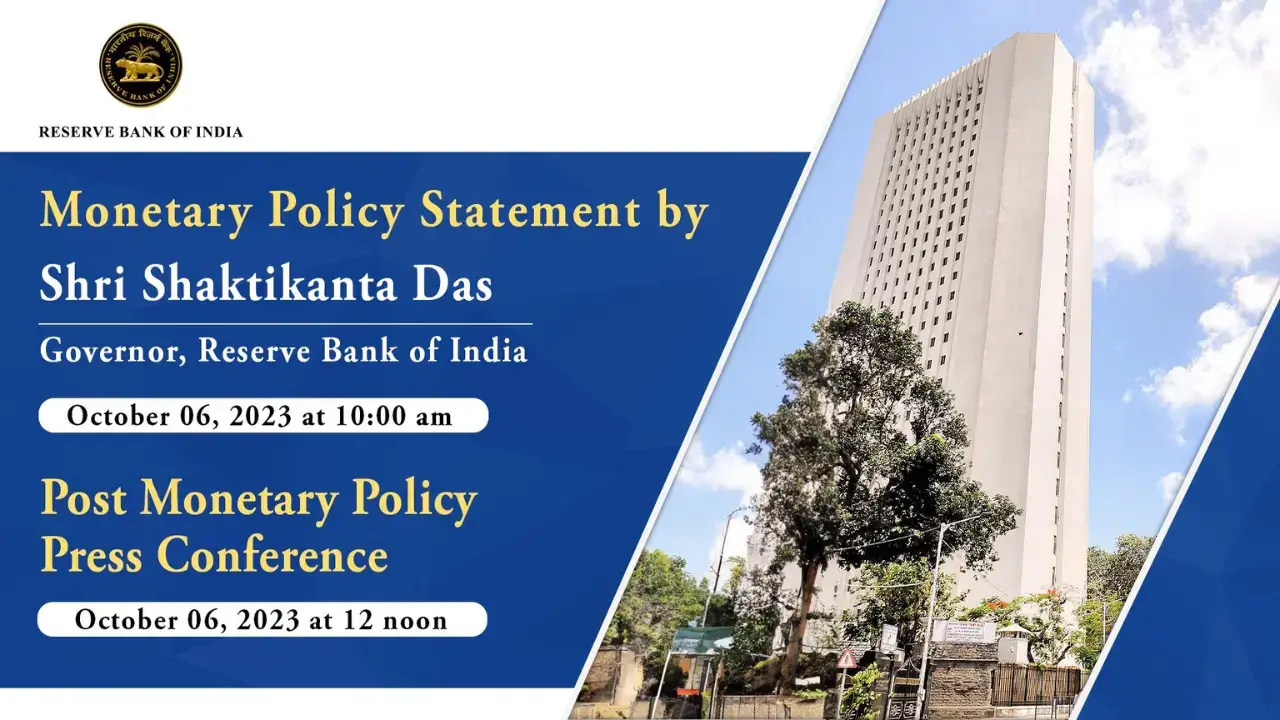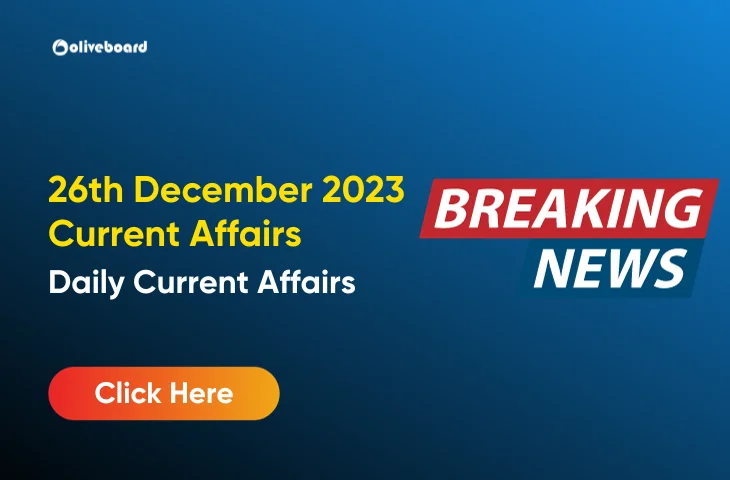RBI Repo Rate
The Reserve Bank of India (RBI) has announced its fourth bi-monthly monetary policy on October 6. The Monetary Policy Committee (MPC), under the leadership of RBI Governor Shaktikanta Das, conducted a three-day meeting beginning on October 4. The central bank has chosen to keep the repo rate unchanged at 6.50% and has adopted a stance of ‘withdrawal of accommodation.’
Key Highlights of the RBI Monetary Policy Committee (MPC)
Repo Rate
The MPC has decided to maintain the policy repo rate under the liquidity adjustment facility (LAF) at its current level of 6.50 percent.
Other Key Rates
- The Monetary Policy Committee (MPC) has decided to keep the standing deposit facility (SDF) rate unchanged at 6.25 percent, and the marginal standing facility (MSF) rate and the Bank Rate at 6.75 percent.
- The MPC’s focus remains on the withdrawal of accommodation to ensure that inflation gradually aligns with the target while still supporting economic growth.
These determinations are in line with the central objective of attaining the medium-term target for consumer price index (CPI) inflation of 4% within a tolerance range of +/- 2%, while concurrently fostering economic growth.
Global Economy
- The global economic situation is showing signs of slowing down, with inflation gradually decreasing but still exceeding target levels in major economies.
- There are concerns about the possibility of interest rates remaining elevated for an extended period, which is contributing to volatility in global financial markets.
- Sovereign bond yields have risen, the US dollar has strengthened, and equity markets have experienced corrections.
- Emerging market economies (EMEs) are grappling with currency depreciation and fluctuating capital flows, adding to the challenges in the global economic landscape.
Domestic Economy
- Real gross domestic product (GDP) grew by 7.8 percent year-on-year (y-o-y) in Q1:2023-24 (April-June), driven by private consumption and investment demand.
- South-west monsoon rainfall improved in September, ending 6 percent below the long-period average. The acreage under Kharif crops was slightly higher than the previous year.
- The index of industrial production rose by 5.7 percent in July, and core industries output expanded by 12.1 percent in August. High-frequency indicators like the Purchasing Managers’ Indices (PMIs) showed healthy expansion in the services sector in August-September.
- Urban consumption remains strong, while rural demand is showing signs of improvement. Public sector capital expenditure supports investment activity. There is robust growth in steel consumption, cement production, imports, and the production of capital goods. Merchandise exports and non-oil non-gold imports contracted in August but at a slower pace. Services exports improved in August.
- Consumer Price Index (CPI) headline inflation increased by 2.6 percentage points to 7.4 percent in July due to a spike in vegetable prices but moderated somewhat to 6.8 percent in August. Fuel inflation rose to 4.3 percent in August. Core inflation (CPI excluding food and fuel) softened to 4.9 percent during July-August 2023.
- As of September 22, 2023, money supply (M3) grew by 10.8 percent (y-o-y), and bank credit expanded by 15.3 percent. India’s foreign exchange reserves stood at US$ 586.9 billion as of September 29, 2023.
About the Monetary Policy Committee (MPC)
The Monetary Policy Committee (MPC) is a six-member committee of the Reserve Bank of India (RBI). It is responsible for formulating and implementing the monetary policy of the country. The MPC was constituted in 2013 under the provisions of the Reserve Bank of India Act, 1934.
The MPC is responsible for setting the benchmark interest rate, the repo rate, and other monetary policy instruments. The repo rate is the rate at which the RBI lends money to commercial banks. The MPC also sets the reverse repo rate, the rate at which the RBI borrows money from commercial banks.
The MPC meets once every two months to review the monetary policy and to make necessary decisions. The MPC’s decisions are based on a variety of factors, including the economic outlook, inflation, and financial stability.
- Weekly Current Affairs 2025 PDF For Bank, SSC, UPSC Exams
- Unsung Heroes of India: 10 Unknown Freedom Fighters You Should Know
- 26 December Current Affairs 2023 in English
- Daily Current Affairs 2025, Check Today’s Current Affairs
- April Month Current Affairs 2024, Download PDF
- June Month Current Affairs 2024, Download PDF

Hello, I’m Aditi, the creative mind behind the words at Oliveboard. As a content writer specializing in state-level exams, my mission is to unravel the complexities of exam information, ensuring aspiring candidates find clarity and confidence. Having walked the path of an aspirant myself, I bring a unique perspective to my work, crafting accessible content on Exam Notifications, Admit Cards, and Results.
At Oliveboard, I play a crucial role in empowering candidates throughout their exam journey. My dedication lies in making the seemingly daunting process not only understandable but also rewarding. Join me as I break down barriers in exam preparation, providing timely insights and valuable resources. Let’s navigate the path to success together, one well-informed step at a time.






